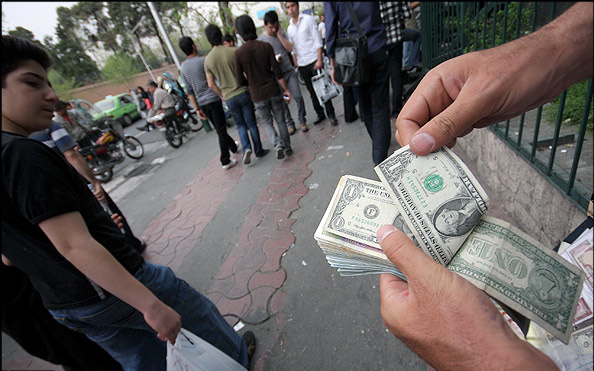Iran’s Government has propped up the sinking currency with the injection of $300 million into markets.
The Government acted on Monday after the rial, setting new historic lows, approached 250,000:1 v. the US dollar. The influx of dollars brought an improvement of more than 10%, with the currency trading at 217,000:1 on Tuesday morning.
The rial has lost about 40% of its value since late March, eclipsing the historic record of 180,000:1, set in September 2018 just before the Trump Administration imposed comprehensive sanctions on the Islamic Republic.
The dollars were supplied to importers of essential goods at an average of 183,000:1, under the NIMA (Consolidated System of Forex Transactions) system. The injection brought the exchange rate back to its level on July 4.
See Iran’s Leaders Silent Amid Currency’s Record-Setting Tumble
Iran is facing sharp declines in production, trade, investment, and employment, amid a fall of up to 95% in oil exports since 2018. The problems have been compounded by Coronavirus, with official tolls of 14,405 deaths and 276,202 cases.
President Hassan Rouhani stunned observers last weekend with the declaration, from a Health Ministry report, that 25 million of Iran’s 84 million population are infected.
The Ministry subsequently tried to play down the statement, saying it was based on blood tests measuring exposure rather than the current state of infections.
Coronavirus has surged since the Government reopened businesses, mosques, restaurants, universities, and other public spaces from April 11. On Monday, the Ministry reported another 217 deaths and 2,414 cases.
On Monday, Rouhani told officials of the need for resumption of trade with neighboring countries, and for exporters to return foreign currency to the economy.
Iran’s trade with neighboring Turkey, one of its largest customers, has fallen by 70% compared to last year.

